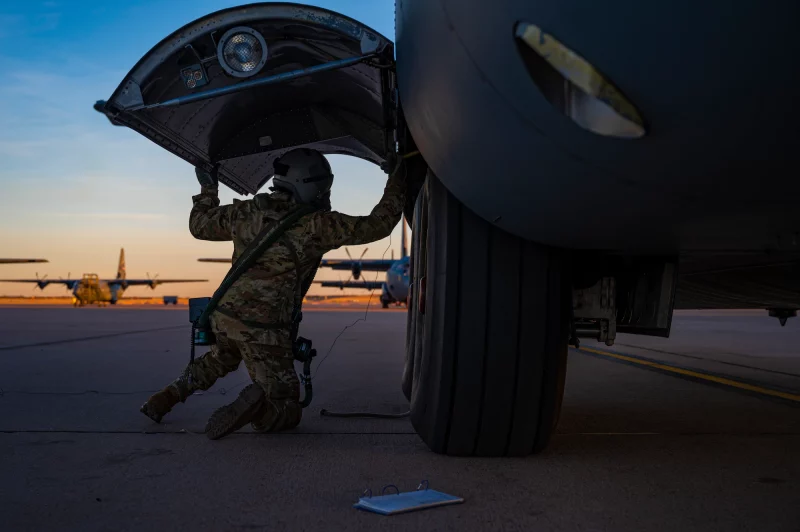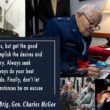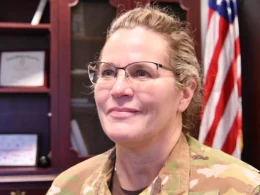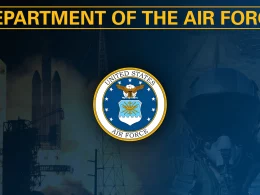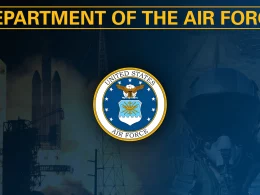DYESS AIR FORCE BASE, Tx. —
Members of the 317th Airlift Wing tested a new Two-Piece Undergarment universal integrative ensemble chemical, biological, radioactive and nuclear protective equipment suit at Dyess Air Force Base, Texas, January 10 – 14, 2022.
The new suit is designed to provide aircrew with enhanced mobility and comfort, according to Tech. Sgt. Bryce Gardner, test director for the Air Force Operational Test and Evaluation Center at Eglin Air Force Base, Florida.
“We’re looking to improve the physiological burden for flyers,” said Gardner. “User feedback is very important and performance needs to be as good or better than the legacy suit to be considered a success.”
Aircrew from the 40th Airlift Squadron conducted flight operations, testing functionality and comfortability of the new two-piece suit. The suit will be used to protect Airmen from chemical, biological, radiological or nuclear attacks.
The 317th Airlift Wing participated in the first phase of testing in June of 2021.
“After conducting successful developmental tests in 2021 we moved on to operational tests,” said 2nd Lt. Gunnar Kral, Air Force CBRNE Defense aircrew protection engineer at Aberdeen Proving Ground, Maryland. “Operational test flights allow us to capture data to push for clearance to field the suits and distribute them to units around the Air Force.”
The Air Force is beginning the process of transitioning from the one-piece legacy flight suit to the new 2PUG suit which is worn underneath a standard aircrew flight suit. This provides aircrew with enhanced maneuverability necessary to execute tasks throughout a variety of mobility mission sets.
Kral said that Dyess was chosen as a site to test the equipment for airlift flyers within the Air Force because the C-130J Super Hercules best represented mobility.




